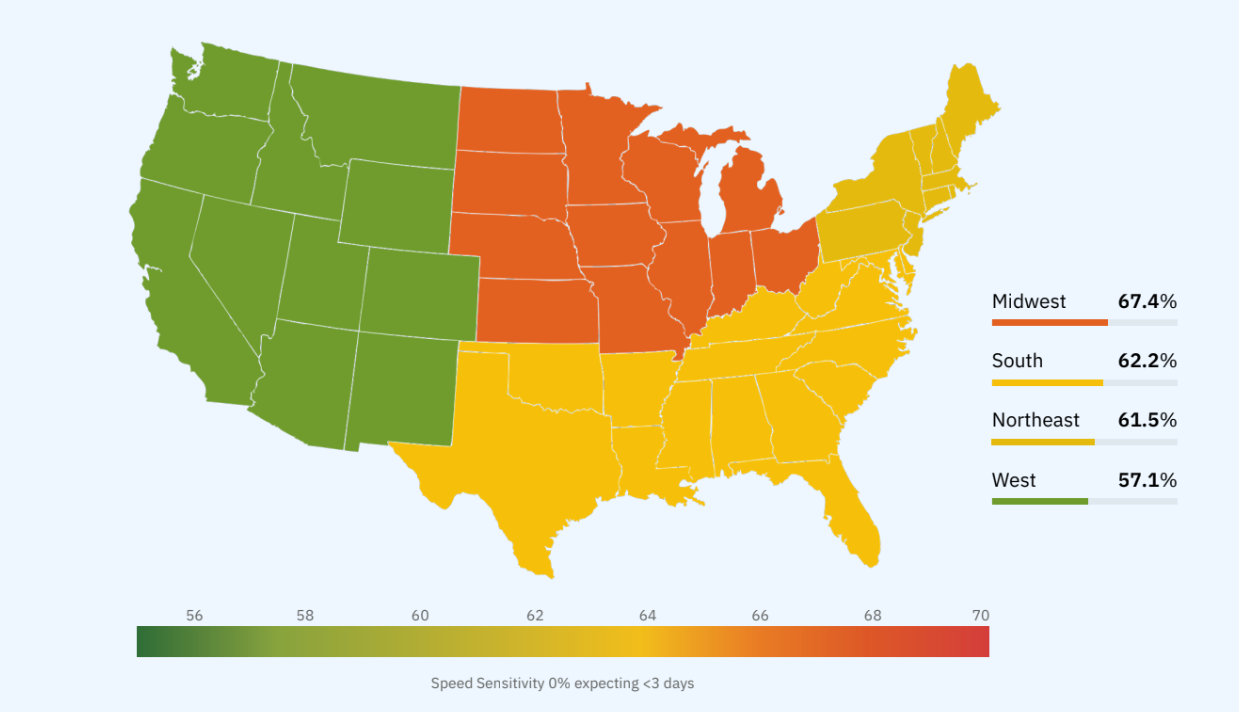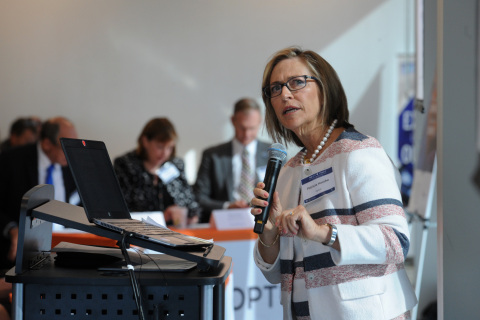2025 Report: Speed, Clarity, and Trust Now Define Healthcare Recruiting Success

A new benchmark study from Recruitics reveals that traditional healthcare recruiting methods are falling behind as clinical professionals demand faster, more transparent, and more personalized hiring experiences.
Based on a survey of 600 actively employed U.S. clinicians—including nurses, physicians, and allied health professionals—the 2025 U.S. Benchmark Report outlines seven key findings reshaping how healthcare organizations must approach hiring.
1. Time to Hire an RN Now Averages 83 Days
Hiring registered nurses is taking nearly three months on average—from job posting to accepted offer. With RN turnover costs exceeding $60,000 per exit, the lag in hiring directly impacts patient care and hospital finances. A single day’s delay can lead to higher overtime, reduced bed capacity, and staff burnout.
Reasons for this delay include declining nursing school enrollment, slow background check processes, and interview committees that meet weekly instead of daily. Meanwhile, staffing agencies are charging 75% more per diem than five years ago, putting further strain on budgets.
“The focus used to be on volume. Now, with AI in the process, it’s about quality candidates,” said Jodie Cherry Roth, Senior Director of Strategic Consulting at Talivity.
The report suggests hospitals treat each RN opening as an urgent priority—streamlining approvals, using data to predict staffing gaps, and removing idle time from hiring workflows.
2. 62% of Candidates Expect Contact Within 72 Hour
In a digital world, delayed responses are a deal-breaker. More than 6 in 10 healthcare applicants expect to hear from a potential employer within three days—and younger clinicians expect it even sooner.
Slow response times were associated with a 31% increase in candidate ghosting and declining employer review ratings. Quick outreach—such as automated confirmation emails, personalized texts, and follow-up calls within 36 hours—was tied to significantly higher offer acceptance rates.
3. Referrals Outperform, but Remain Underused
Referred candidates are 60% more likely to stay beyond a year and reach full productivity faster. Despite this, only 28% of healthcare systems report using structured referral programs.
The data shows that simple interventions—like QR-code posters in break rooms or tiered bonuses—can drive participation. Baby Boomers and Western states had the highest referral engagement, while the South showed the most untapped potential.
4. Salary Transparency Matters to 58.5% of Applicants
More than half of healthcare professionals say they won’t apply to jobs that don’t list salary ranges. The figure rises in states with transparency laws. Jobs with clear compensation details draw more applicants, shorten hiring timelines, and reduce reneged offers.
The report also links transparent pay practices to narrower gender and racial wage gaps, better employer ratings, and stronger candidate trust.
5. Burnout Rates Highest in Midwest and West
Midwestern and Western states are experiencing the most severe clinician burnout—linked to rural hospital closures, long commutes, high patient-to-nurse ratios, and administrative burdens.
The data also connects burnout to higher staff turnover, lower patient satisfaction, and increased agency costs. Facilities that have implemented flexible self-scheduling and designated rest spaces have seen measurable improvements in staff well-being and retention.
6. Passive Candidates Want Prompt, Personalized Outreach
Only 2% of high-performing clinicians are actively job seeking. Yet many are open to new roles if contacted directly by someone they trust—especially within 48 hours of a job being posted.
Three-part outreach (LinkedIn message, text, and peer referral) triples response rates and significantly improves retention. For these candidates, quality of life, flexible scheduling, and professional development are more important than salary alone.
7. Simplicity Wins: Candidates Want Less Clicks, More Convenience
Modern applicants value efficiency over flashy features. One-tap applications, self-scheduling tools, and mobile-friendly forms far outperform elaborate career sites.
Applications embedded in social media feeds had 44% higher completion rates, while overly complex forms led to high drop-off rates—especially among Baby Boomers and Gen X clinicians who still prefer desktop experiences.
Takeaways for Healthcare Recruiters
The report underscores a shift in what candidates value most: clarity, respect for time, and a human touch. Organizations that respond quickly, communicate transparently, and remove friction from the application process are more likely to win—and retain—the clinical talent they need.
For healthcare systems under pressure, that means updating hiring workflows, enabling real-time outreach, and ensuring every job post includes details candidates now consider essential.






